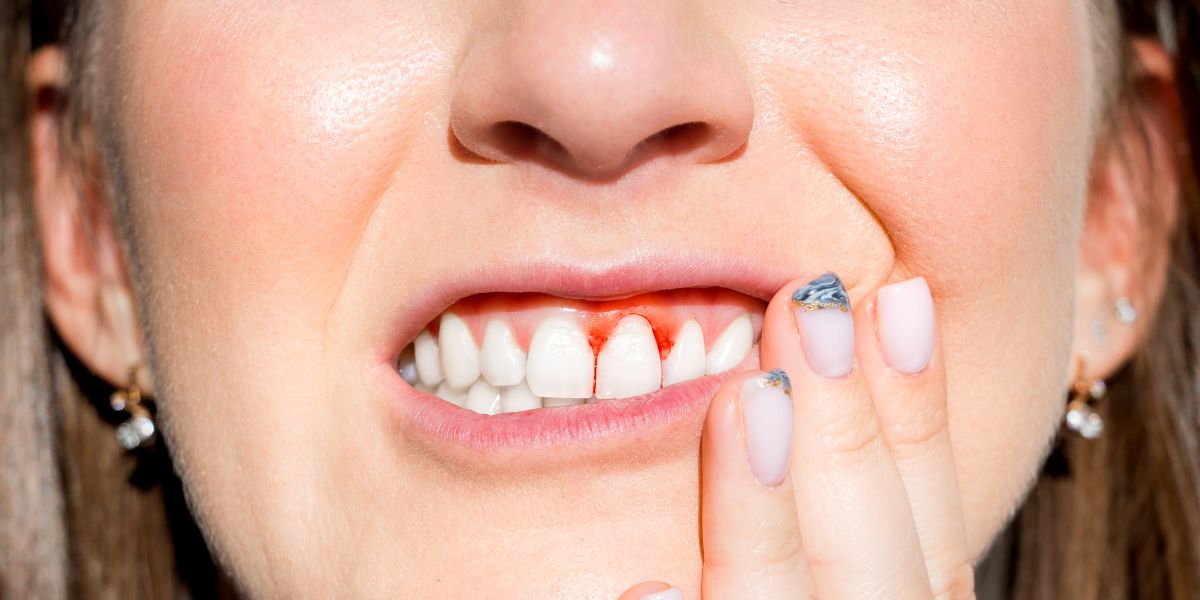Gingivitis is the early stage of gum disease, caused by poor plaque removal from the teeth.
It develops when the gums become irritated by the bacteria in the plaque and bleed on tooth cleaning or sometimes when eating. They become swollen and red. Bad breath (halitosis) is also a symptom of gingivitis.
Luckily gingivitis is reversible. Through improving your plaque removal techniques and visiting your dentist or hygienist for advice on a home dental health care program, you should be able to reverse this process and have pale pink healthy gums again.
How common is gingivitis?
Gingivitis is a very common condition.
A recent adult dental health survey showed that over 50 per cent of people in the UK have gingivitis.
Is gingivitis preventable?
Good blood glucose control is important to prevent gingivitis from developing. When our blood sugar levels are high , our saliva will have higher levels of glucose too. This encourages bacteria to grow and increases the risk of our gums becoming damaged.
Good plaque removal techniques can help to prevent gingivitis from developing and progressing. Untreated gingivitis can lead on to more serious forms of gum disease such as periodontitis or acute necrotising ulcerative gingivitis (see below).
Smoking suppresses bleeding in the gums and can mask gingivitis and allow more serious disease to develop.
How is gingivitis treated?
Gingivitis is treated by improving your plaque removal regime: making sure teeth are brushed effectively twice daily and by using small brushes or floss to clean in-between your teeth to remove plaque every day. Your dentist or dental hygienist can give you advice on a home dental health care program, which will include having a healthy lifestyle and stopping bad habits such as smoking.
Keeping blood glucose levels under control will also help to prevent gingivitis and stop it from worsening into periodontitis.
When you start cleaning effectively your gums may bleed more. This is normal. If you keep cleaning the bleeding will reduce and eventually stop.
Your dentist or hygienist can also remove the tartar from around the gum line, with special tools and polish your teeth.
Once the gingivitis has been treated you will need to be maintained by attending for regular dental check-ups to ensure that your cleaning is effective and the gingivitis does not return.
Acute necrotising ulcerative gingivitis
Acute necrotising ulcerative gingivitis is less common than gingivitis or periodontitis but often more severe. Symptoms may include bleeding gums, ulcers, a metallic taste in the mouth, difficulty swallowing or talking and may cause you to have a high temperature.
Risk factors for the disease include, poor plaque removal, cigarette smoking and stress.
It is advisable to visit your dentist immediately if these symptoms are present. The dentist will give plaque removal advice and if you smoke will recommend that you stop smoking. Your teeth may be cleaned, depending on the severity of the ulceratio, and you will be advised to use a mouthwash until the ulcers and pain subside. If you have swollen glands and a temperature an antibiotic will be prescribed.









